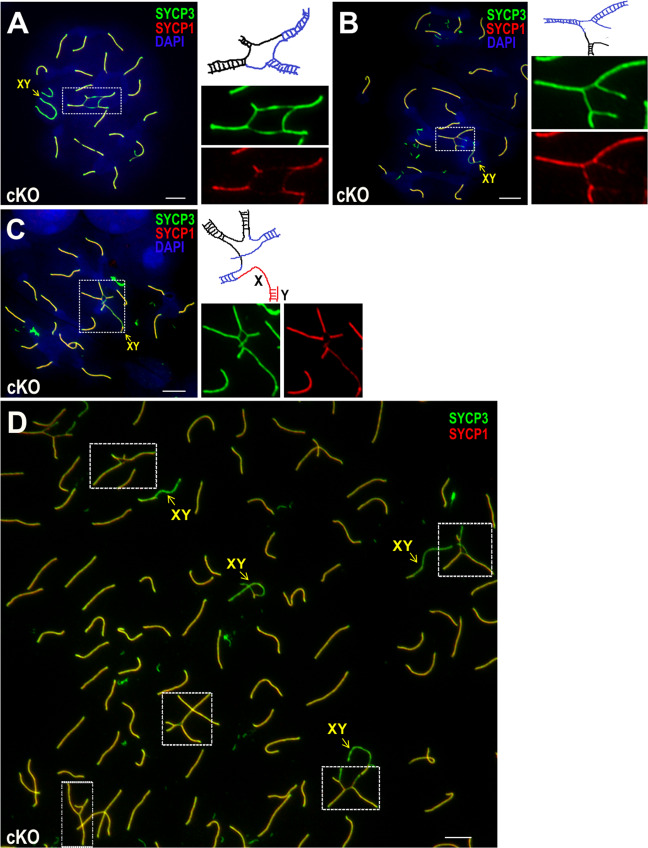Fig. 8. Full synapsis is disturbed by chromosomal translocation in Bruce cKO.
(a–c) Chromosome spreads of Bruce cKO spermatocytes immunostained with SYCP3 (green), a marker of the synaptonemal complex (SC) axial element, and SYCP1 (red), a marker of the SC central element. Representative image of a cKO late pachytene spermatocyte bearing a quadrivalent translocation formed by reciprocal translocation (a). Representative image of a cKO early pachytene spermatocyte bearing a quadrivalent translocation formed via nonreciprocal translocation (b). Representative image of a cKO early pachytene spermatocyte bearing a hexavalent translocation involving autosomes and sex chromosomes (c). The chromosomal radials outlined in the dashed rectangles are magnified in the right panels. Illustrations of the translocations are provided as a simple interpretation of configurations, although other interpretations are also possible. Railway-like structures indicate the SC axial and central elements. Representative images from three independent Bruce cKO mice (cKO spermatocytes bearing radials, n = 33). Bars, 5 µm. d In a large visual field of a Bruce cKO chromosome spread of early and mid pachytene spermatocytes, multiple chromosomal radials with unsynapsed segments are observable. This image is further indication of the relatively high frequency of chromosomal translocations in spermatocytes deficient for BRUCE. The chromosomal radials are outlined in the dashed rectangles. Representative image from three independent Bruce cKO mice. Bar, 5 µm.

